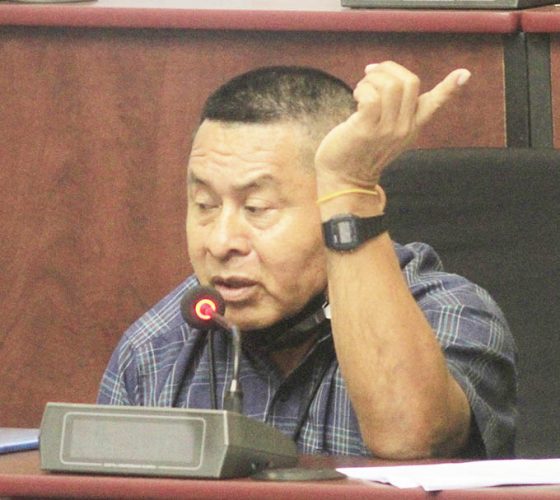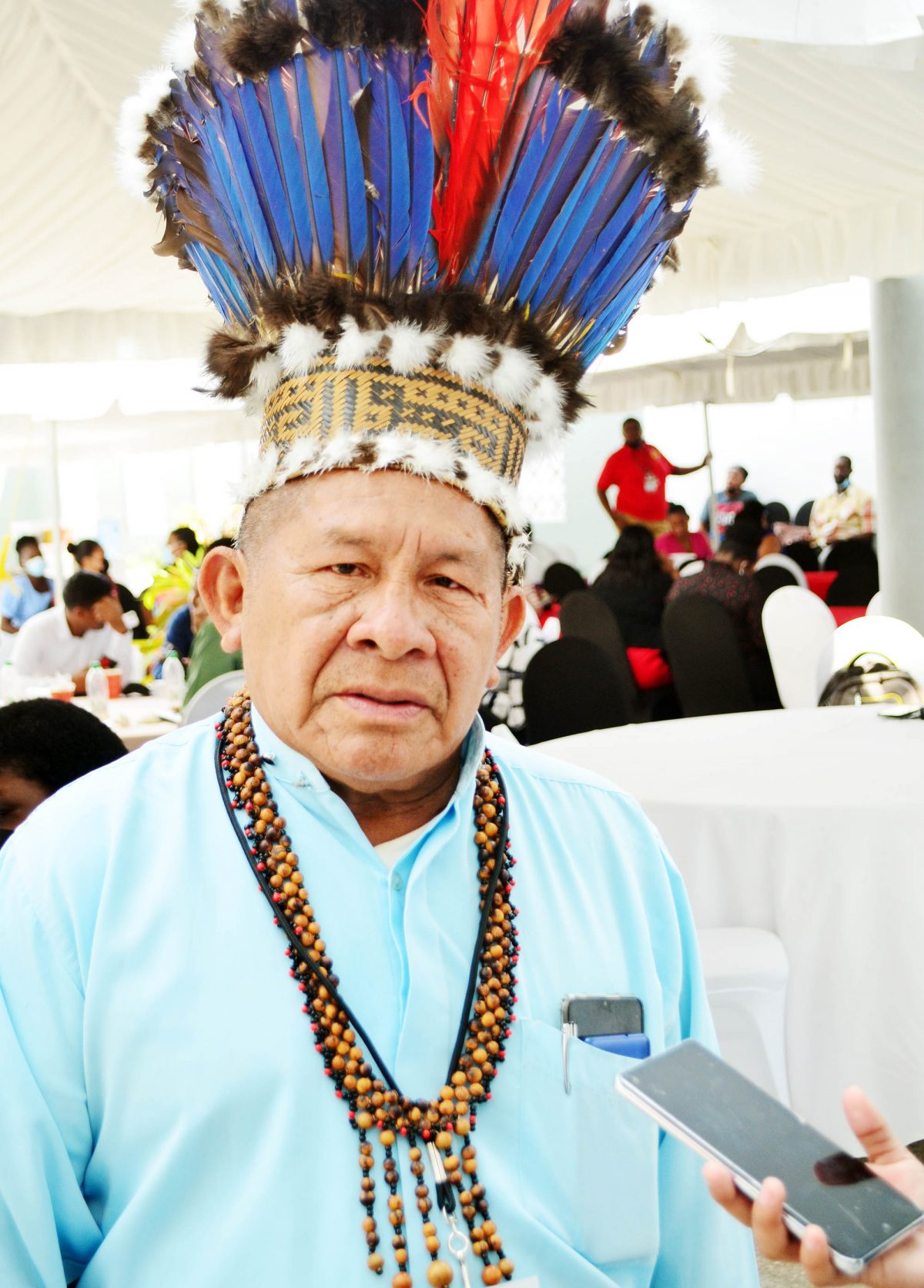It’s been just over a year since flooding devastated homes and farmlands across Guyana but Indigenous communities in regions Seven and Nine are still feeling the effects.
In fact, toshaos from Indigenous communities located in the two regions now see the 2021 flooding disaster as only the start of the hardship they would have to endure in the ensuing months due to changing weather patterns.

Last year, over 36,000 households from 300 communities countrywide were affected by flooding that was caused by weeks of torrential downpours. Homes, farms, shops, and mining pits were left inundated with waters reaching up to 14 feet in some hinterland areas, particularly in Region Seven.
“The devastation is unthinkable. Houses are covered to the top. Families had to relocate and are living in makeshift camps, losing everything that they own in their homes,” Kamal Persaud, the regional vice chairman of the region had described to Stabroek News.
Today, for the communities in the North Rupununi in Region Nine and the Upper Mazaruni in Region Seven, food security is a major issue. This, according to toshaos, is a direct impact of the 2021 flooding.
“Since last year there hasn’t been a proper dry season in the Rupununi. Our people have been unable to do farming last year and still unable to do so now,” said Michael Williams, the Toshao of Annai.
“The few crops that survived last year’s flooding is what we are reaping now. So, when it finishes, where do we go or what do we do?” Williams questioned.
One crop particularly that residents of the Rupununi are concerned about is the cassava tuber, which is used to make farine and cassava bread – the main staple food in their diets. While the shortage of other crops such as bananas and plantain are not as dire as the cassava, Williams explained, farine and cassava bread cannot be made from the two crops.
“This is a major concern for me as a leader representing my people,” he said. Around 2,000 people live in Annai and those estimated to be affected by the crop shortage in the North Rupununi number around 8,000. It is expected that the last of the cassava crop will be used up in August.
In Region Seven, the situation is similar.
“Since then [the flooding] there has been constant heavy rains and no farming was done,” said Lemuel Thomas, the Toshao of Kamarang. While unsure of a timeline when the remaining crops will be exhausted, he said it would not be long from now.
“We don’t know what the way forward is. The farmers in particular, the miners, will be greatly affected,” he said.
However, the rainfall is not the only contributing factor to the crop shortage in Upper Mazaruni. Thomas said that the acoushi ants and wild hogs have been destroying some of the crops that survived the flooding.
The situation may seem dire, but toshaos are not about to give up.
With the help of the government they are hoping to introduce shade farms to the area.
“We are trying as much as we can at the village level to find solutions to our problems and we will accept any help to help us solve our issues,” Thomas said.
Apart from flooding, toshaos say the high cost of living is also contributing to the food security issue.
To travel to Kamarang one must go by air and the prices of food items that are flown to the Upper Mazaruni rise weekly due to high air fares. This is affecting the entire Upper Mazaruni population, says Thomas.
The issue of food security in the two areas was highlighted at the recent National Toshaos Conference (NTC). Due to the food security issues, the toshaos both said they are looking forward to the supplementary budget that President Irfaan Ali has announced for hinterland communities.
Vice President Bharrat Jagdeo in addressing the food security issue at the NTC, said a special initiative would have to be formulated to address that issue.
“If people don’t have food, then that is a major problem. We have to find a way of getting them food supplies while we are fixing the agriculture issues so that they [people] can go back to farming,” he said.










